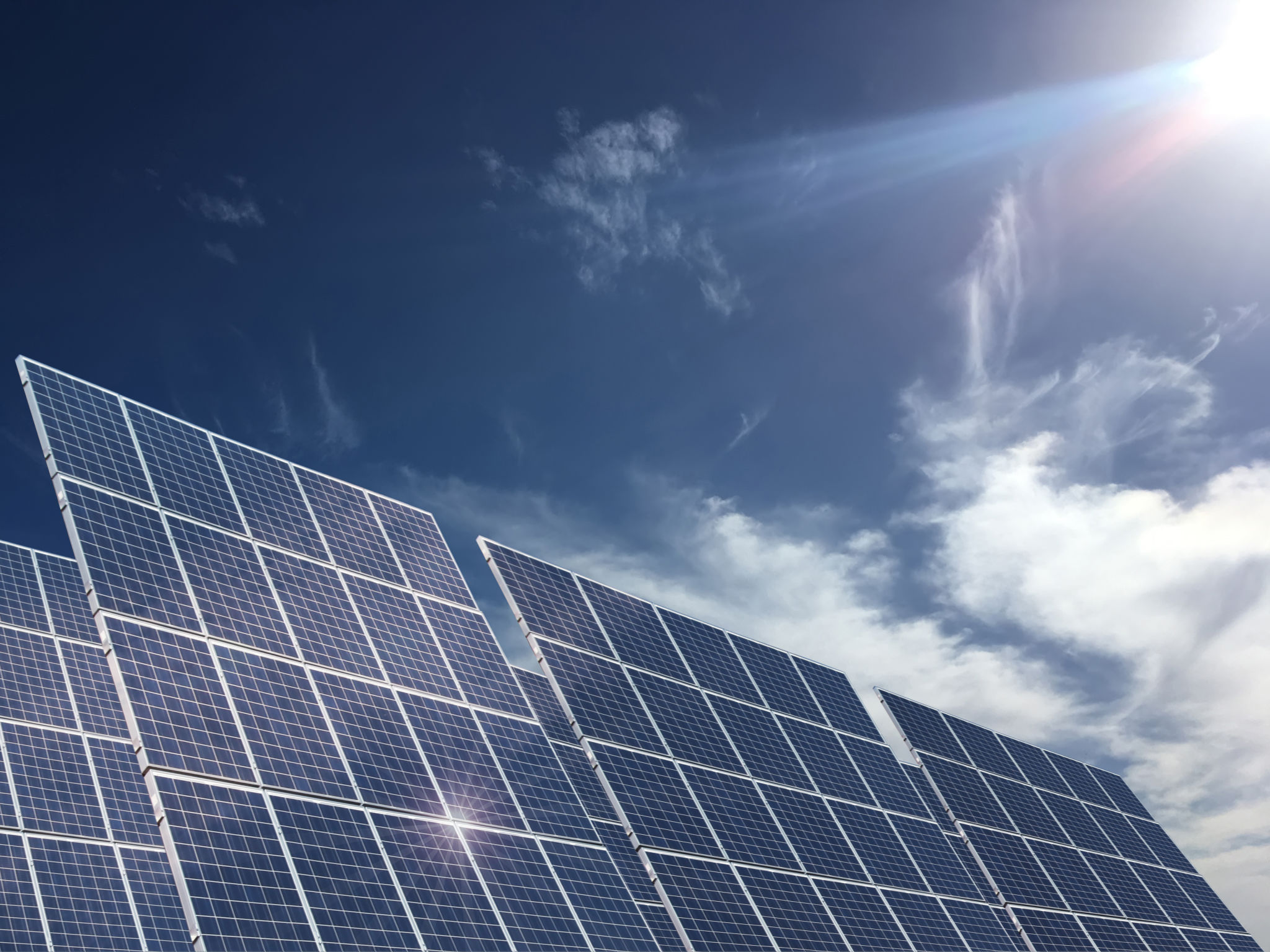The Ultimate Guide to Solar Panel Integration with Roofs
Understanding Solar Panel Integration
Integrating solar panels with roofs is an increasingly popular solution for homeowners seeking sustainable energy sources. This process involves installing photovoltaic (PV) panels directly onto the roof's surface, allowing homes to harness solar energy efficiently. By understanding the key aspects of this integration, you can make informed decisions about adopting solar technology.

Types of Roofs Suitable for Solar Panels
Not all roofs are created equal when it comes to solar panel integration. The most suitable types include asphalt shingles, metal roofs, and tile roofs. Each type offers different advantages and challenges:
- Asphalt Shingles: Common and easy to work with, allowing for straightforward installation.
- Metal Roofs: Durable and often designed with solar integration in mind, providing excellent longevity.
- Tile Roofs: Require specialized mounting hardware but offer aesthetic benefits.
Considerations for Roof Orientation and Angle
The orientation and angle of your roof significantly impact the efficiency of solar panels. Ideally, panels should face south in the northern hemisphere to capture maximum sunlight. Additionally, the angle should match the latitude of your location for optimal efficiency. A professional installer can assess and recommend adjustments if your roof's orientation or angle isn't ideal.

The Installation Process
The installation process involves several steps to ensure proper integration. Initially, a site assessment is conducted to evaluate the roof's condition and determine its suitability for solar panels. Following this, a detailed design plan is developed, tailored to your home's specific requirements.
Once the design is finalized, the actual installation begins. This includes mounting the panels, connecting the inverter to convert solar energy into usable electricity, and integrating with your home's electrical system. This process generally takes a few days, depending on the complexity and size of the installation.

Maintenance and Longevity
Solar panels require minimal maintenance to ensure longevity and efficiency. Regular cleaning to remove debris and periodic inspections by a professional can help maintain optimal performance. Most solar panels come with warranties ranging from 20 to 25 years, offering peace of mind regarding their durability.
Financial and Environmental Benefits
Investing in solar panel integration offers numerous financial and environmental benefits. Homeowners can significantly reduce their electricity bills while increasing property value. Additionally, solar energy reduces reliance on fossil fuels, contributing to a decrease in carbon emissions and promoting environmental sustainability.

Government Incentives and Financing Options
Many governments offer incentives to encourage solar adoption, such as tax credits, rebates, and grants. These incentives can substantially lower the initial cost of installation. Additionally, various financing options are available, including solar loans and leases, making solar panel integration more accessible than ever before.
By understanding these key elements of solar panel integration with roofs, homeowners can take confident steps toward embracing renewable energy and enjoying the long-term benefits that come with it.